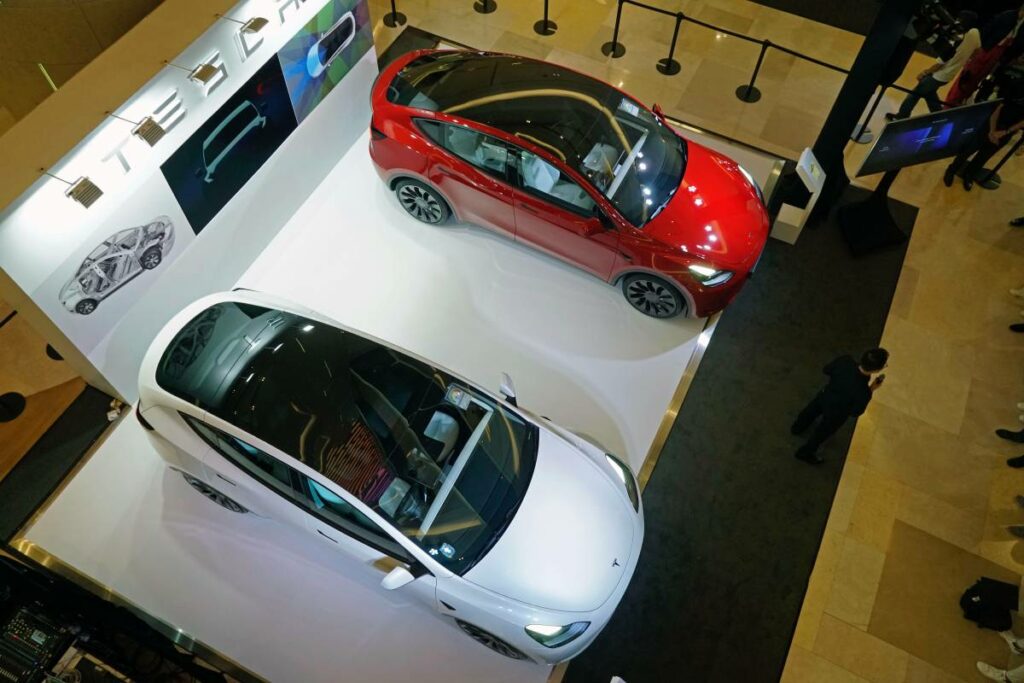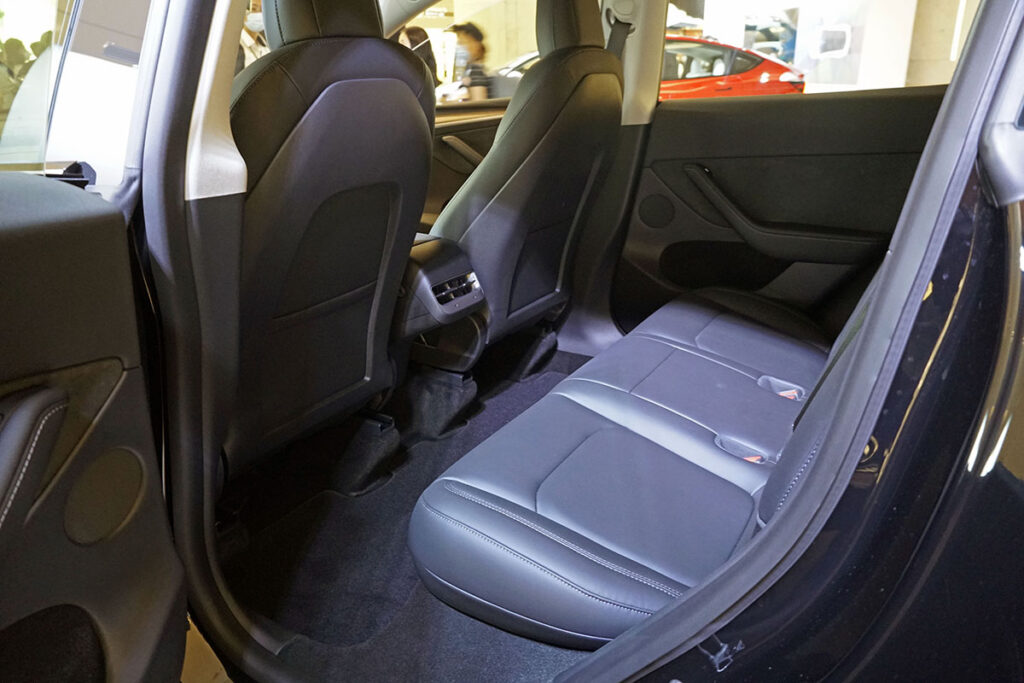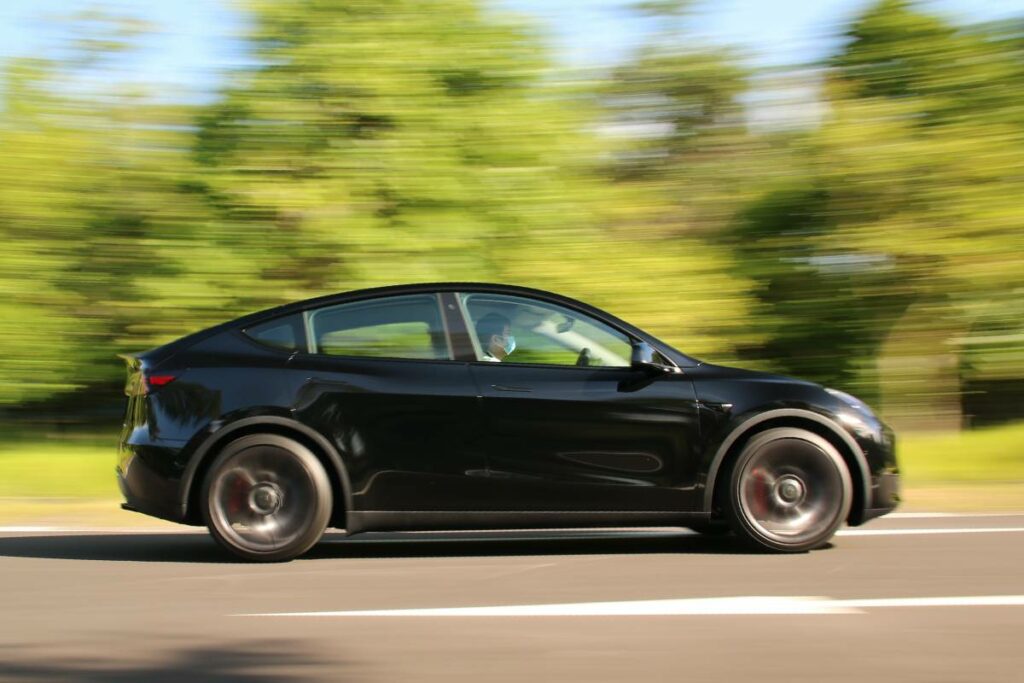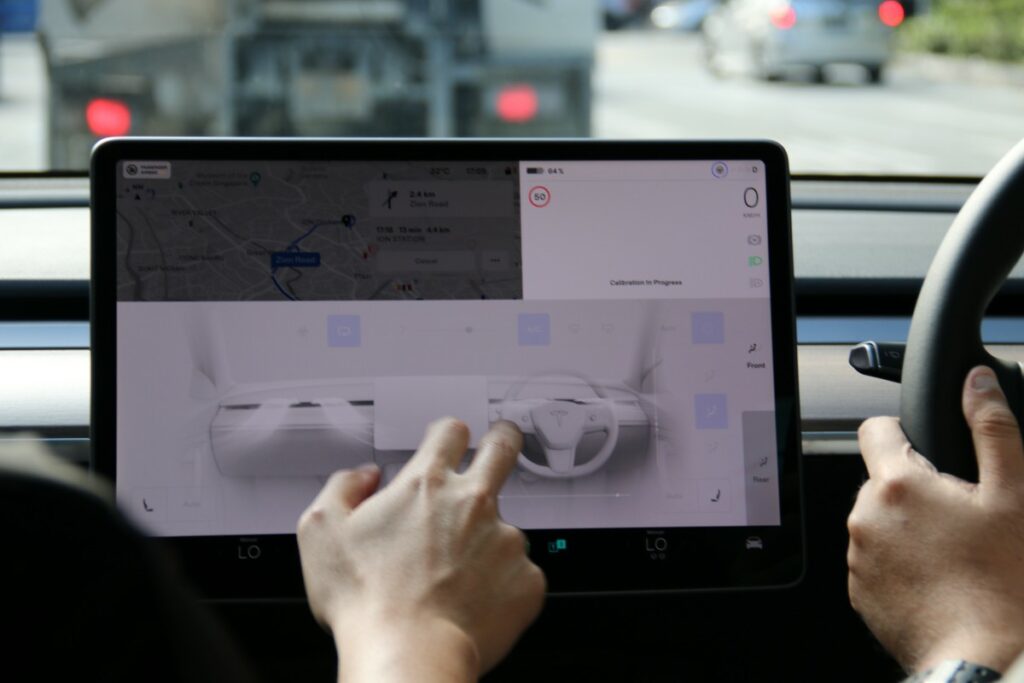First impressions: 2022 Tesla Model Y performance

SINGAPORE - We’ve covered the Tesla Model Y’s arrival in Singapore pretty extensively now, and we will have our hands on it to do a full review very soon, so stay tuned to CarBuyer for that.
Tesla has undoubtedly been a pretty big success in Singapore, barely a year after its arrival. It broke into the top 10 best selling car brands in 2021 despite having just one model to sell here, the Model 3.
It’s a feat that’s pretty much unheard of in Singapore, and now with the Model Y, which takes the form of a people-pleasing crossover, the expectation will be for the brand to go from strength to strength. Indeed, Tesla’s own aim is to achieve an annual 50 percent sales growth rate, despite the challenging COE environment in Singapore.

The two variants of the Model Y on sale here are the single-motor Standard Range RWD (S$142,471 without COE) and dual-motor Performance AWD (S$190,195 without COE). Overseas, the Model Y gets a seven-seater option as well, but for Singapore only the five-seater version is available for sale for now.

In terms of price, that puts it somewhere around the territory of the Mercedes EQA, but size-wise it does fall somewhere in between that and slightly larger SUVs like the BMW iX3. However, depending on whether or not your see Tesla as a ‘proper’ luxury brand, BYD’s Atto 3 could also be considered a key rival.
Interior space is fairly generous, with plenty of headroom and legroom particularly for rear passengers. The boot is pretty cavernous too, with Tesla claiming 867-litres of boot space, expandable to 2,158-litres with the rear seats folded down.

We took a brief test drive of the flagship the Model Y Performance during the car’s launch event, and straightaway the mind-blowing acceleration from the Model 3 makes its presence known here.
With 377hp on tap, 0-100km/h comes up in 3.7 seconds, but violent performance aside, you also get the sense that the torque is just constantly coming at you in a never-ending stream, and you’ll run out of road faster than all of the available 770Nm is dispensed.

Our test route consisted of driving in urban Singapore through the CBD, so there wasn’t much opportunity to test out the car’s driving chops fully. But first impressions is that the Model Y’s ride does feel somewhat choppier and less forgiving than the Model 3.
From the back seat at least, the car does seem to soak up the bumps less well when driven over rougher-surfaced roads, although we’ll get a better judgment when we do a full review soon.

Aside from that, almost everything else is as you were on the Model 3. The large central touchscreen remains a love-it-or-hate-it affair, although the Tesla representative that followed us on the test drive insists that it’s something that folks will get used to over time.
Certainly, considering the number of Model 3s proliferating on our roads, it appears that most owners seem to have no problem adapting to it.

Ultimately though, the Model Y’s biggest appeal appears to be two-fold, namely the brand image, and the fact that it comes in the shape of a practical and spacious SUV.
This makes it a compelling option for families especially, and while it might not be the most dynamic Tesla to drive (vicious acceleration aside), it would certainly tick many boxes for those who want in on the Tesla game without sacrificing too much on everyday practicality.